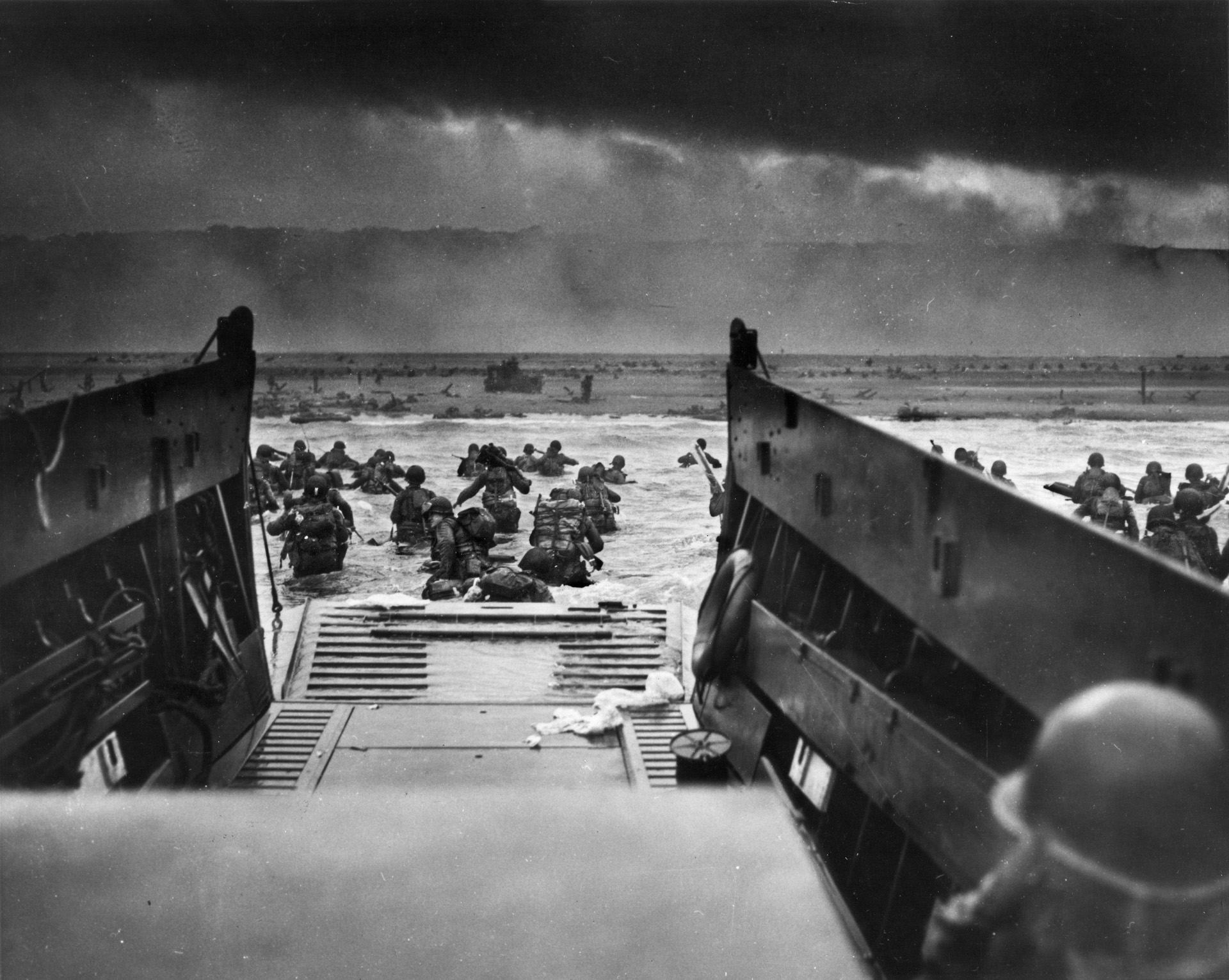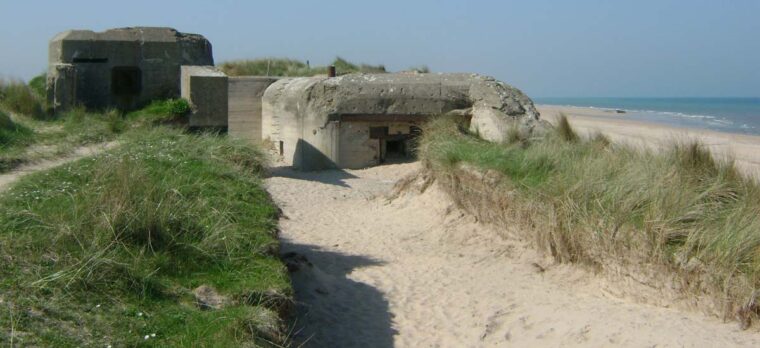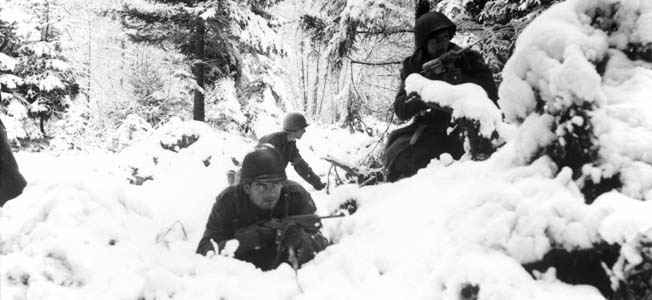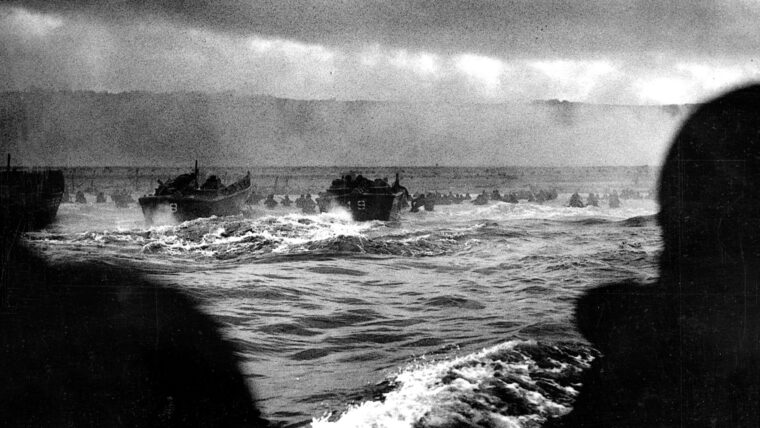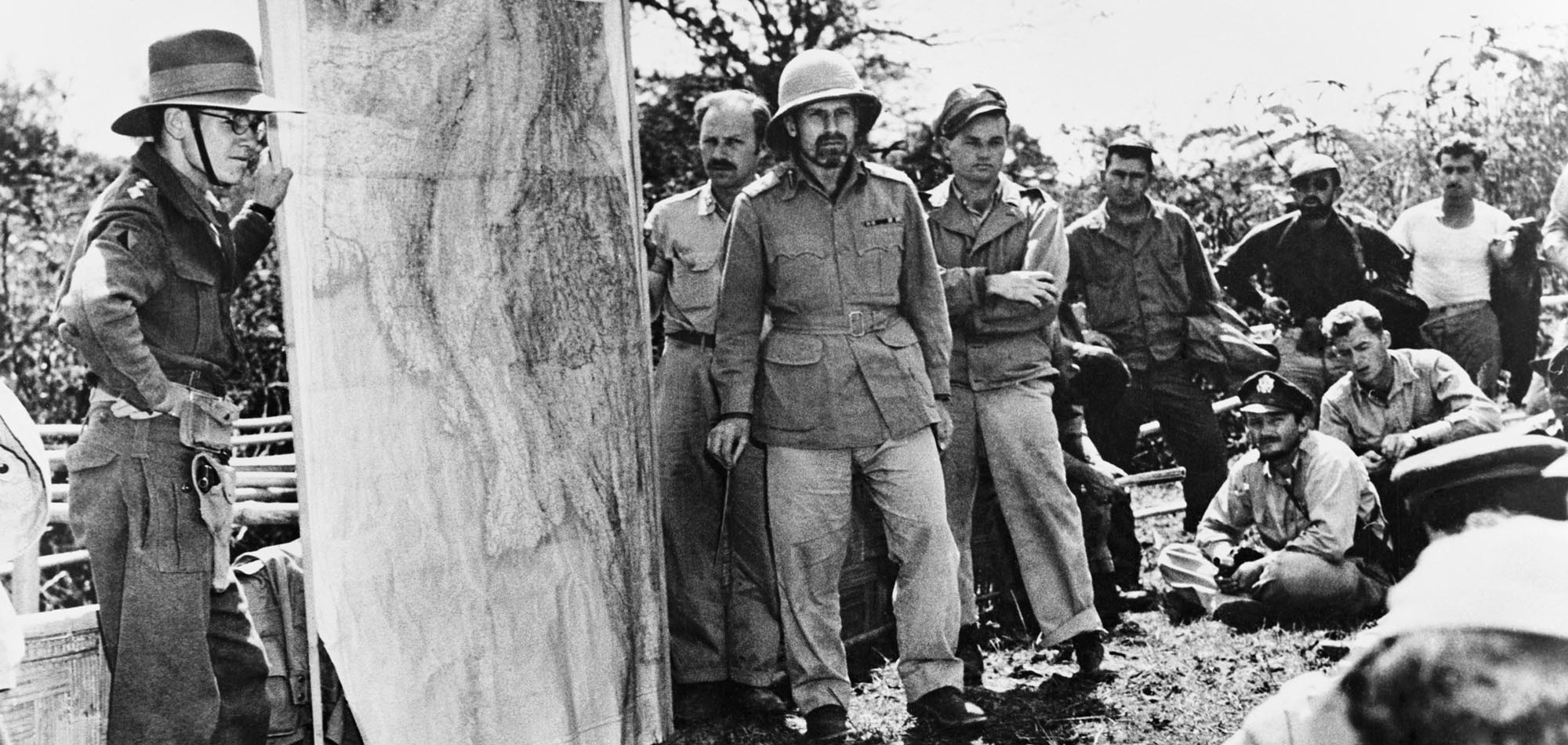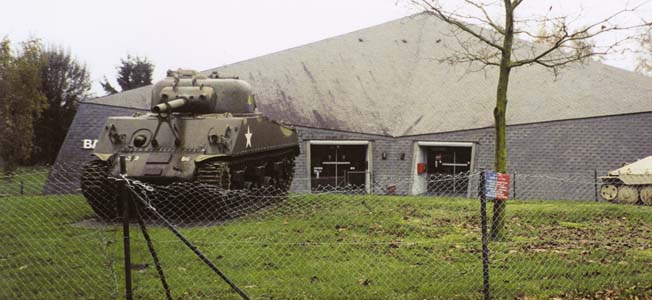
D-Day
Touring the Battle of the Bulge
By Kevin M. HymelThe Battle of the Bulge lasted an entire month, and was fought over almost the entire Grand Duchy of Luxembourg and half of Belgium, yet finding all of the battlefields and historic sights is a bit more difficult than locating the D-day beaches. Read more
